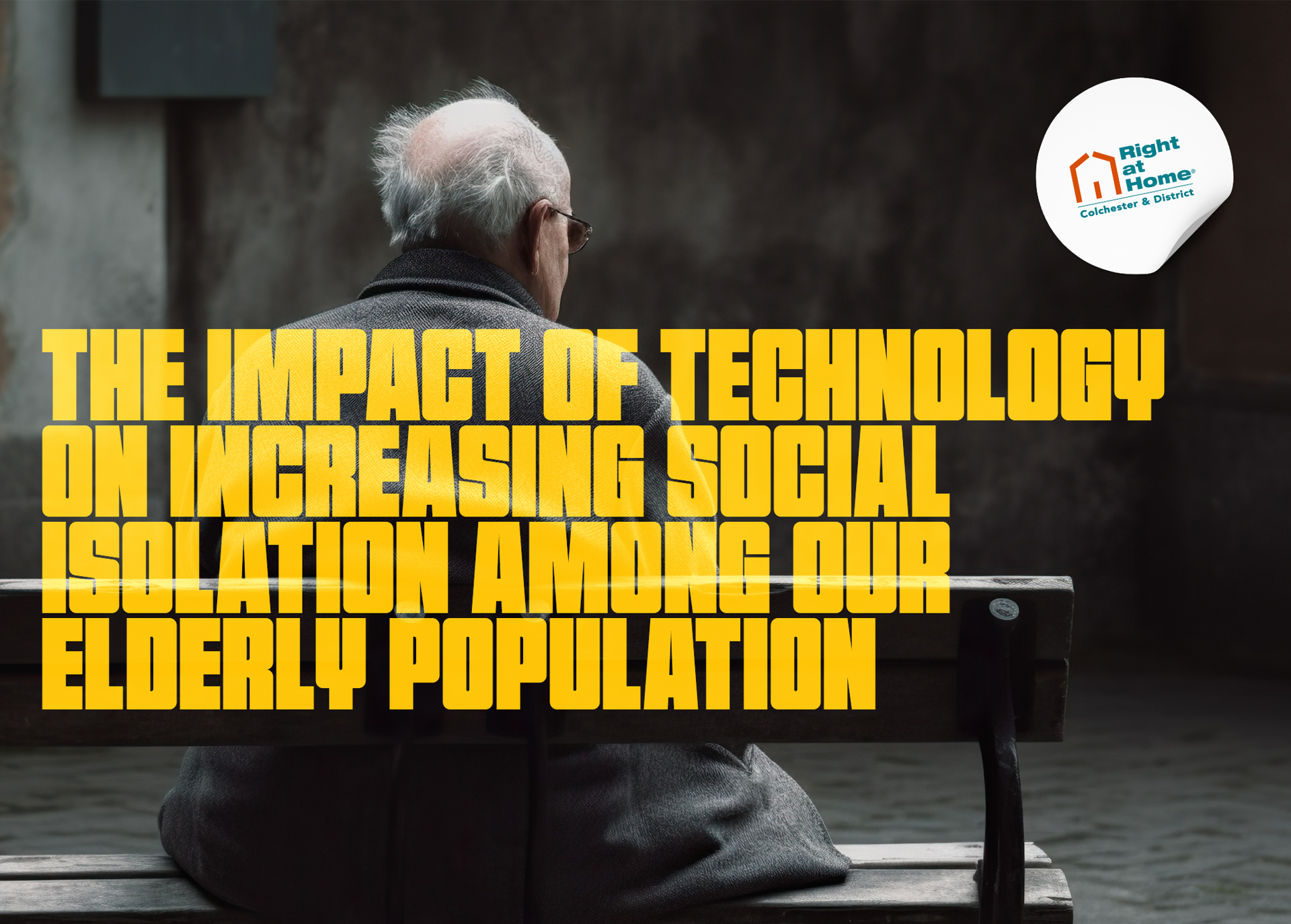The Impact of Technology on Increasing Social Isolation Among Our Elderly Population

Published: 27/06/2023
As the world becomes increasingly interconnected through advanced technologies, we often celebrate the many benefits they bring to our lives. From instant communication to easy access to information and services, technology has revolutionized the way we live, work, and connect with one another. However, amidst these advancements, we must also consider the unintended consequences that can emerge, particularly regarding the social well-being of our elderly population. This blog piece aims to explore the impact of technology on increasing social isolation among older adults and the importance of finding a balance between digital engagement and in-person connections.
The Technological Revolution
The past few decades have witnessed an unprecedented technological revolution that has permeated every aspect of our society. The proliferation of smartphones, social media platforms, and digital communication tools has transformed the way we interact with one another. While these innovations have undoubtedly provided numerous benefits, they have also inadvertently contributed to an increasing sense of social isolation, particularly among the elderly.
The Digital Divide
One of the primary factors contributing to social isolation among older adults is the digital divide. While younger generations seamlessly adapt to new technologies, many older individuals struggle to keep up with the rapid pace of change. This knowledge gap creates a barrier that isolates them from the digital world, limiting their access to online communication channels, social media platforms, and digital services. Consequently, they may find it difficult to connect with friends, family, and their communities in the same way as their tech-savvy counterparts.
Changing Social Dynamics
The rise of technology has also transformed the dynamics of social interaction. Instead of face-to-face conversations, virtual communication has become the norm. While this mode of communication offers convenience and flexibility, it cannot fully replace the richness of human interaction. For the elderly, who often rely on physical presence, gestures, and non-verbal cues to connect with others, the shift to virtual communication can lead to a sense of detachment and increased feelings of loneliness.
Reduced Physical Interaction
Technological advancements have brought numerous conveniences to our lives, making it easier to order groceries, access healthcare services, and connect with friends remotely. However, these conveniences can inadvertently reduce the need for physical interaction. For example, online shopping eliminates the need for older adults to visit local stores, thereby limiting opportunities for social engagement with fellow community members. Similarly, virtual doctor appointments may offer convenience but eliminate the valuable face-to-face interactions that older patients often crave.
Balancing Technology and Human Connection
While technology has its drawbacks, it is essential to recognize its potential to improve the lives of older adults. Digital literacy programs can help bridge the digital divide, empowering older individuals to harness the benefits of technology and stay connected with loved ones. Additionally, incorporating technology into community centers and eldercare facilities can facilitate intergenerational interactions, reducing social isolation and fostering a sense of belonging.
However, it is crucial to strike a balance between digital engagement and in-person connections. Encouraging regular physical interactions, organizing community events, and fostering intergenerational relationships are vital for combatting social isolation among the elderly. By leveraging technology as a tool to enhance, rather than replace, human connections, we can ensure that older adults do not become unintentionally isolated in a rapidly digitizing world.
Conclusion
While technology has undoubtedly transformed our lives in remarkable ways, we must remain vigilant about its unintended consequences, particularly concerning the social isolation of our elderly population. By addressing the digital divide, promoting digital literacy, and emphasizing the importance of in-person connections, we can mitigate the negative impacts of technology and ensure that older adults remain engaged, connected, and valued members of our communities. Ultimately, a thoughtful and balanced approach to technology can help create a society that benefits all age groups and fosters meaningful human connections in the digital age.

